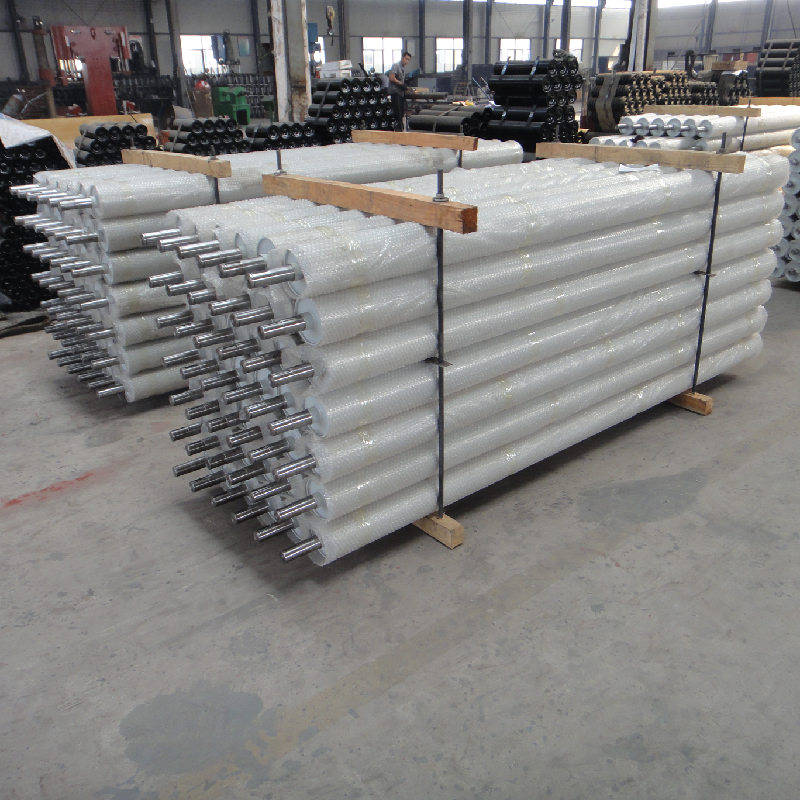 Afrikaans
Afrikaans  Albanian
Albanian  Amharic
Amharic  Arabic
Arabic  Armenian
Armenian  Azerbaijani
Azerbaijani  Basque
Basque  Belarusian
Belarusian  Bengali
Bengali  Bosnian
Bosnian  Bulgarian
Bulgarian  Catalan
Catalan  Cebuano
Cebuano  Corsican
Corsican  Croatian
Croatian  Czech
Czech  Danish
Danish  Dutch
Dutch  English
English  Esperanto
Esperanto  Estonian
Estonian  Finnish
Finnish  French
French  Frisian
Frisian  Galician
Galician  Georgian
Georgian  German
German  Greek
Greek  Gujarati
Gujarati  Haitian Creole
Haitian Creole  hausa
hausa  hawaiian
hawaiian  Hebrew
Hebrew  Hindi
Hindi  Miao
Miao  Hungarian
Hungarian  Icelandic
Icelandic  igbo
igbo  Indonesian
Indonesian  irish
irish  Italian
Italian  Japanese
Japanese  Javanese
Javanese  Kannada
Kannada  kazakh
kazakh  Khmer
Khmer  Rwandese
Rwandese  Korean
Korean  Kurdish
Kurdish  Kyrgyz
Kyrgyz  Lao
Lao  Latin
Latin  Latvian
Latvian  Lithuanian
Lithuanian  Luxembourgish
Luxembourgish  Macedonian
Macedonian  Malgashi
Malgashi  Malay
Malay  Malayalam
Malayalam  Maltese
Maltese  Maori
Maori  Marathi
Marathi  Mongolian
Mongolian  Myanmar
Myanmar  Nepali
Nepali  Norwegian
Norwegian  Norwegian
Norwegian  Occitan
Occitan  Pashto
Pashto  Persian
Persian  Polish
Polish  Portuguese
Portuguese  Punjabi
Punjabi  Romanian
Romanian  Russian
Russian  Samoan
Samoan  Scottish Gaelic
Scottish Gaelic  Serbian
Serbian  Sesotho
Sesotho  Shona
Shona  Sindhi
Sindhi  Sinhala
Sinhala  Slovak
Slovak  Slovenian
Slovenian  Somali
Somali  Spanish
Spanish  Sundanese
Sundanese  Swahili
Swahili  Swedish
Swedish  Tagalog
Tagalog  Tajik
Tajik  Tamil
Tamil  Tatar
Tatar  Telugu
Telugu  Thai
Thai  Turkish
Turkish  Turkmen
Turkmen  Ukrainian
Ukrainian  Urdu
Urdu  Uighur
Uighur  Uzbek
Uzbek  Vietnamese
Vietnamese  Welsh
Welsh  Bantu
Bantu  Yiddish
Yiddish  Yoruba
Yoruba  Zulu
Zulu Durable Steel Bearing Housing for Enhanced Mechanical Performance and Longevity
The Importance of Steel Bearing Housings in Modern Engineering
In the realm of mechanical engineering, the choice of materials and design is critical in ensuring the efficiency and longevity of equipment. Among the vital components that play a role in the smooth operation of machines are bearing housings, particularly those made of steel. As industries evolve and strive for higher performance standards, understanding the significance of steel bearing housings becomes paramount.
Understanding Bearing Housings
Bearing housings serve as protective casings for bearings, which are devices that facilitate smooth rotational or linear movement between different machine parts. They not only house the bearings but also ensure they remain aligned and protected from contaminants, thus enhancing their durability. Typically, these housings are made of materials such as cast iron, aluminum, or steel. However, steel has emerged as the material of choice for many applications due to its inherent properties.
Advantages of Steel Bearing Housings
1. Strength and Durability One of the primary reasons engineers favor steel bearing housings is their exceptional strength. Steel can withstand significant loads and stresses without deforming, making it ideal for heavy machinery and applications where failure could have catastrophic consequences. The durability of steel also means that components last longer, reducing the frequency of maintenance and replacement.
2. Resistance to Corrosion Modern steel bearing housings often incorporate various protective coatings or are made from stainless steel, which provides excellent resistance to corrosion. This is particularly important in environments exposed to moisture, chemicals, or extreme temperatures, as it extends the life of the housing and the bearing it protects.
3. Thermal Conductivity Steel possesses good thermal conductivity, allowing it to disperse heat generated during operation. This is essential in ensuring bearings operate at optimal temperatures, preventing overheating, which can lead to premature failure of both the bearings and the machine.
steel bearing housing

4. Ease of Manufacturing Steel is a versatile material that can be easily machined and welded, allowing for precise fabrication according to specific design requirements. This flexibility enables engineers to create customized bearing housings that meet the unique demands of various applications.
5. Cost-Effectiveness While the initial cost of steel may be higher than other materials, the long-term benefits often outweigh the upfront investment. Reduced maintenance costs, lower replacement rates, and increased operational efficiency make steel bearing housings a cost-effective choice for many industries.
Applications of Steel Bearing Housings
Steel bearing housings are found in a wide range of applications across different sectors. In the automotive industry, they are crucial for the performance of engines and transmission systems. In manufacturing, they support conveyor systems, pumps, and motors, ensuring the seamless operation of production lines. Additionally, in the wind energy sector, steel bearing housings are essential for the reliable functioning of turbine gearboxes.
Challenges and Considerations
Despite their many advantages, there are challenges associated with steel bearing housings. Weight can be a concern in some applications, as steel is heavier than alternative materials. Additionally, improper installation or inadequate lubrication can lead to premature wear, highlighting the importance of proper maintenance and engineering practices.
Conclusion
In summary, steel bearing housings are vital components in modern machinery, offering strength, durability, and resistance to wear and corrosion. Their role cannot be understated, as they ensure the reliability and efficiency of countless systems across various industries. As technology continues to advance, the use of steel in bearing housings will likely expand, driven by the continuous demand for improved performance and efficiency in mechanical systems. Engineers must remain informed about the latest developments in materials science and manufacturing techniques to harness the full potential of steel bearing housings in their designs. Embracing these advancements will pave the way for innovations that enhance productivity and sustainability in engineering practices.
-
Revolutionizing Conveyor Reliability with Advanced Rubber Lagging PulleysNewsJul.22,2025
-
Powering Precision and Durability with Expert Manufacturers of Conveyor ComponentsNewsJul.22,2025
-
Optimizing Conveyor Systems with Advanced Conveyor AccessoriesNewsJul.22,2025
-
Maximize Conveyor Efficiency with Quality Conveyor Idler PulleysNewsJul.22,2025
-
Future-Proof Your Conveyor System with High-Performance Polyurethane RollerNewsJul.22,2025
-
Driving Efficiency Forward with Quality Idlers and RollersNewsJul.22,2025





























